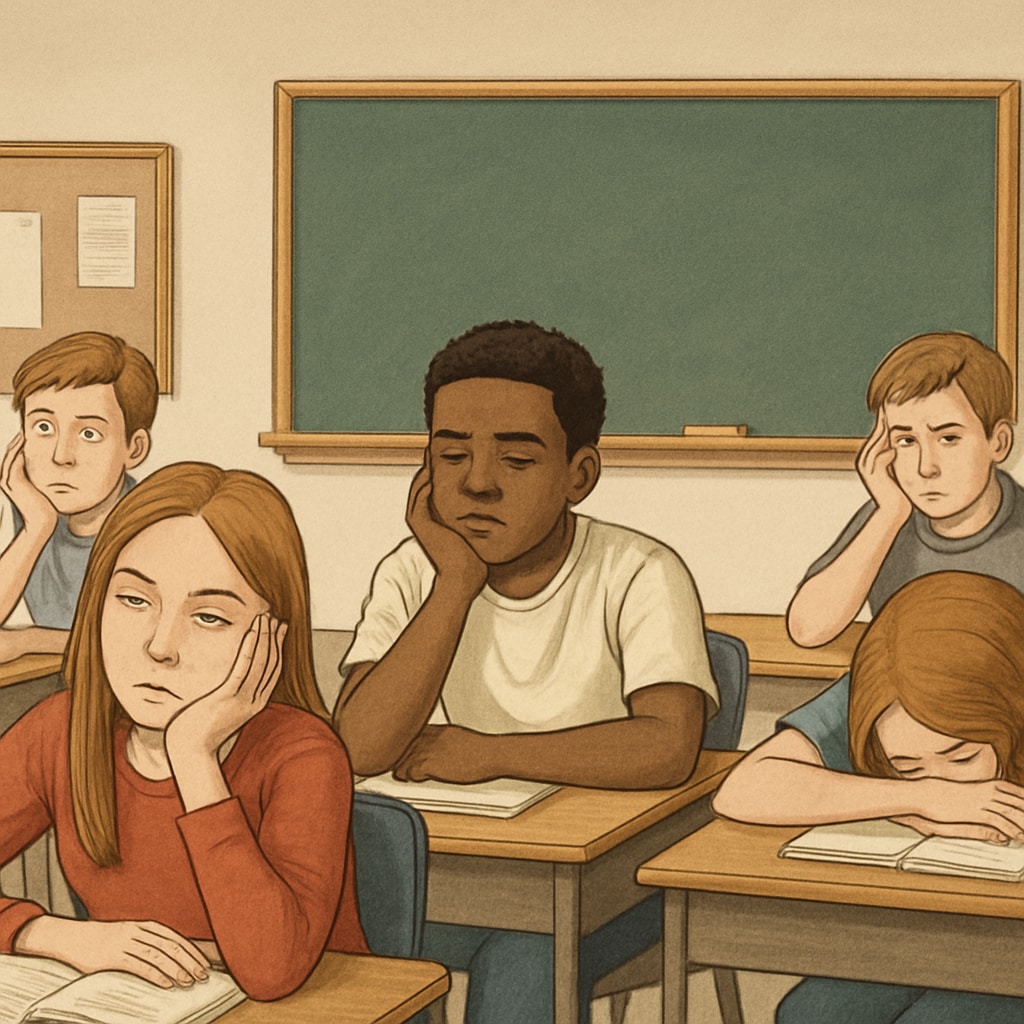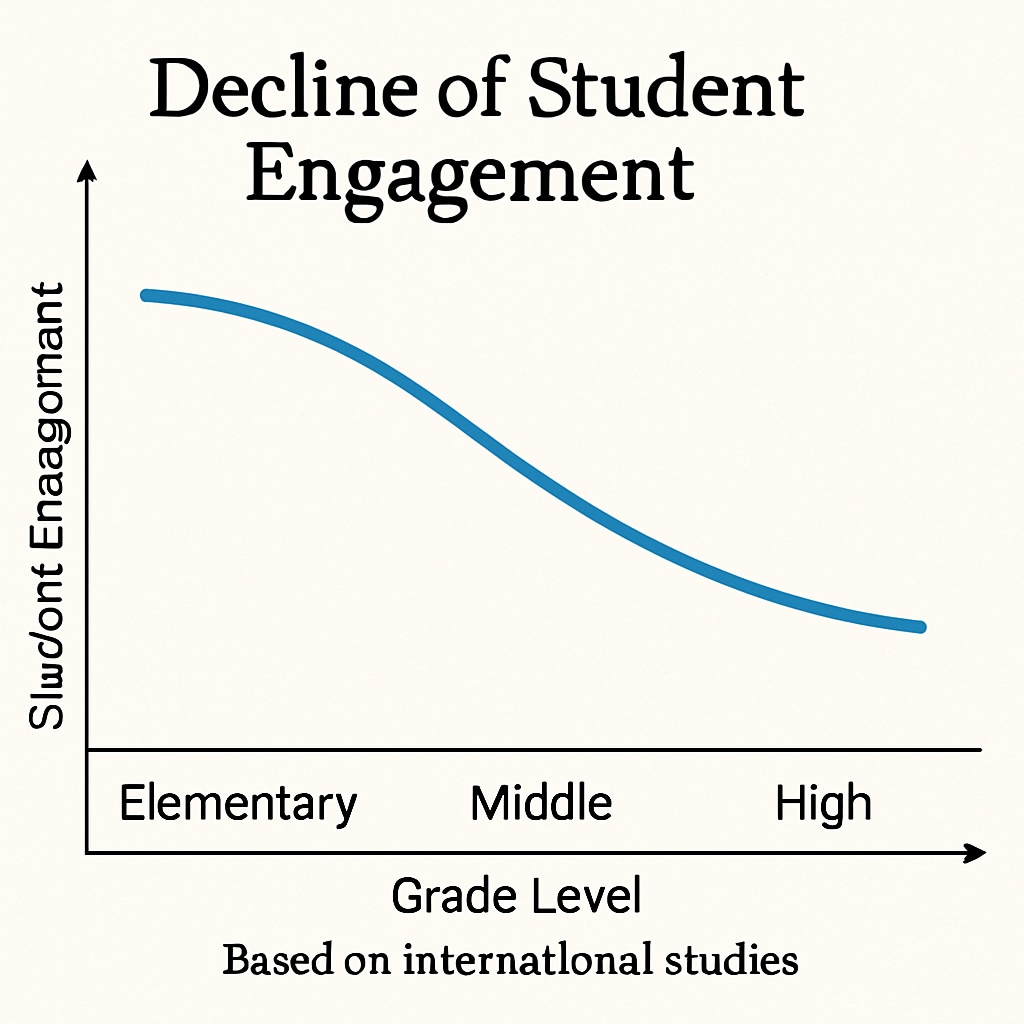The phenomenon of student boredom in K12 classrooms is a global issue, often overlooked despite its widespread impact. Studies across different countries consistently show that a significant portion of students experience boredom during their learning journey, with this feeling intensifying as they progress through higher grades. Understanding this issue is key to improving student engagement and driving meaningful education reform.
What Is Student Boredom and Why Does It Matter?
Student boredom refers to a lack of interest or emotional engagement during classroom activities. This phenomenon has been identified across various educational systems through cross-cultural studies, highlighting its universality. For example, research conducted by the OECD revealed that students in both high-performing and struggling educational systems report similar levels of boredom.
Boredom matters because it directly impacts academic outcomes. When students are disengaged, they are less likely to retain information, participate actively, or develop critical thinking skills. Additionally, prolonged boredom can lead to negative attitudes toward learning and increased dropout rates.

How Does Boredom Change Across Grade Levels?
One intriguing aspect of student boredom is its progression over time. Data from longitudinal studies suggest that younger students, particularly those in elementary grades, are more likely to stay engaged due to playful and hands-on learning methods. However, as students transition into middle and high school, their engagement levels often decline.
Several factors contribute to this trend:
- Curriculum rigidity: Older students are exposed to standardized teaching methods that prioritize testing over interactive learning.
- Limited autonomy: Teenagers crave independence, yet their ability to make meaningful choices in their education is often restricted.
- Increased workload: As academic pressure builds, students may feel overwhelmed, which exacerbates disengagement.
Addressing these factors is essential to fostering continuous engagement throughout K12 education.

Cross-Cultural Insights into Student Boredom
Research on student boredom has revealed fascinating cross-cultural differences. For example, students in countries with a heavy focus on rote memorization, such as China and India, often report higher levels of boredom compared to students in countries like Finland, where personalized learning methods are emphasized. These findings underscore the role of teaching methodology in shaping student experiences.
Interestingly, Britannica notes that cultural attitudes toward education also play a role. In cultures that value creativity and exploration, students tend to feel more motivated and less bored. This highlights the importance of integrating cultural context into educational practices.
What Can Educators Do to Combat Boredom?
To address student boredom, educators and policymakers must rethink traditional approaches to learning. Here are some strategies:
- Interactive learning: Incorporate hands-on activities, group projects, and technology to make lessons more engaging.
- Student autonomy: Allow students to choose topics or methods that resonate with their interests.
- Flexible curriculum: Offer diverse learning pathways that cater to different strengths and preferences.
- Teacher training: Equip educators with techniques to identify and address boredom in real-time.
By implementing these changes, schools can foster a more stimulating environment that keeps students motivated and invested in their learning journey.
In conclusion, the issue of boredom in K12 education is both universal and complex. By understanding its prevalence, evolution, and cultural dimensions, educators can take proactive steps to create a more engaging and inclusive learning experience. Addressing this overlooked phenomenon is not just about improving academic performance—it’s about cultivating a lifelong love for learning.


